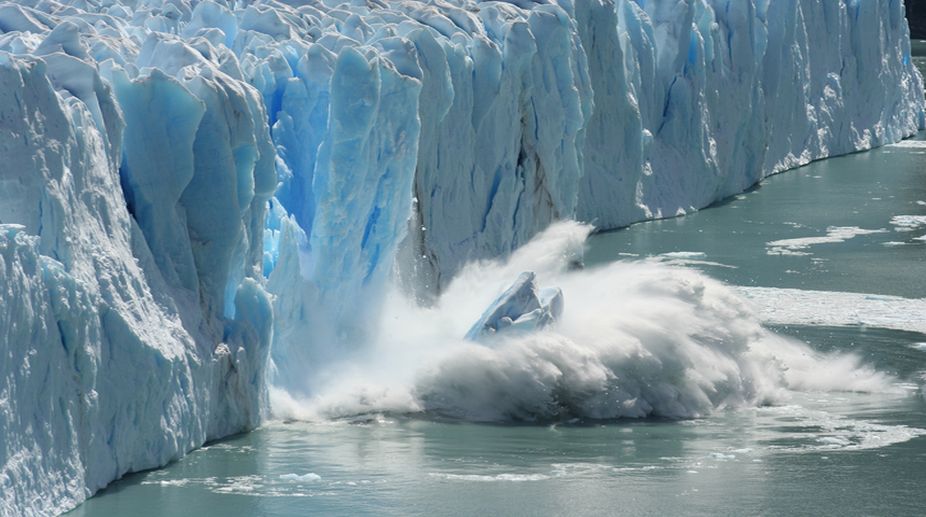Starlink is now active on all continents: Elon Musk
On the microblogging site Twitter, Musk wrote, "Starlink is now active on all continents, including Antarctica".
Global climate change is understood to be the leading cause of upsurges in the magnitude and frequency of extreme weather events.

Representative Image
Climate change has had a devastating effect on seabirds in Antarctica, resulting in mass extinctions.
A recent study published in the journal “Current Biology” has shown that strong snowstorms and climate change are playing a major role is preventing breeding success for these species
A study tilled ‘Extreme snowstorms lead to large-scale seabird breeding failures in Antarctica’ stated that the increase of snowfall due to climate change is preventing breeding success for these species; when exposed to powerful storms, chicks and eggs get buried by excessive layers of snowfall, leading to heavy losses among reproductive attempts.
Advertisement
Sebastien Descamps, the researcher of the study, asserts that this grim situation should be an urgent call to action if any measures are going to be taken against its causes.
Global climate change is understood to be the leading cause of upsurges in the magnitude and frequency of extreme weather events, which can bring considerable harm to wildlife populations from individual animals all the way up to entire ecosystems.
According to the study, Antarctic environment is particularly sensitive to these changes, with heatwaves, unprecedented amounts of sea ice, and storms acting as potent agents of upheavals in animal behavior..
An analysis of the in last one year breeding season Antarctica, has shown that significantly impacted the reproductive success of three native seabird species of the area – Antarctic petrel, Snow petrel and South polar skua.
In 2011–2020, the mean occupancy of monitored snow petrel nests was 57 per cent but in 2021-2022 it was only 4 per cent. Similarly, occupancy of monitored nests From 2008 to 2021 close to Jutulsessen was 33 per cent, but only 3 per cent in 2021-2022. No nests were discovered between December 2021 and January 2022.
Only three breeding Antarctic petrels remained during the 2021–2022 season, together with a small number of breeding snow petrels and no skua nests in Svarthamaren.
Moreover, despite tens of thousands of active nests in prior years, no Antarctic petrel nests were discovered on Jutulsessen during the summer of 2021–2022. The number of nests for both Antarctic and snow petrels decreased to nearly nothing.
According to study, the harsh weather conditions had an influence on the reproductive success of a major portion of the Antarctic petrel population spanning hundreds of kilometres in addition to one isolated colony.
The birds were unable to rear their offspring because of the storms and snowfall that blocked access to the bare land.Also, the storms , forces the birds to expend energy to find a place to shelter, remain warm, and preserve energy.
Advertisement